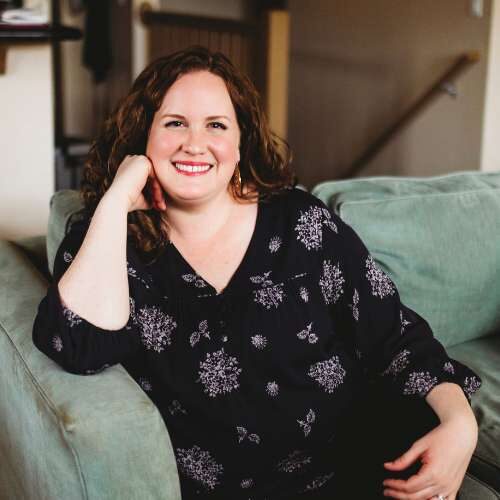What you really need to bottle-feed your baby
Today on the blog, what do you really need when bottle feeding your baby?
This is part three of a series on all the tools you actually need to make your chosen feeding method easier and more comfortable – last but not least: bottle-feeding!
While breastfeeding and pumping may get a lot of attention for needing things like the nursing pillows and the nipple cream and the lactation consultant visits, bottle-feeding has tools and tricks of its own that can make a world of difference in helping parents feel comfortable and at ease for the many hours that they too will spend feeding their babies.
So check out the list below to see what I suggest you have on hand if you are planning on (or switching to) bottle-feeding!
(If you are planning on breastfeeding as well or pumping breastmilk to go in those bottles, be sure to check out parts one and two to see what other items I suggest to make life easier.)
Bottle-feeding basics
I’m guessing you already know this, but you’ll need formula or breastmilk to put in those bottles!
If you are planning on using formula, especially for a newborn, be sure to talk to your pediatrician to get their recommendation for what kind of formula is best for your baby and their needs.
There are SO many bottle options out there and you may need to try a couple different bottles to get the right one for your baby so it might not hurt to have a few different kinds on hand to test out (or start with one of the more popular brands like Dr Brown, Avent or Tommee Tippee).
You may end up with a magical unicorn baby who loves a cold bottle but for the majority of parents, their babies prefer their milk nice and warm. If you end up with a non-magical-unicorn-cold-milk-loving-baby, there are two ways you can go with warming up bottles: the fancy and the classic. The fancy is an actual bottle warmer. It’s quick, easy and straightforward. The second method is tried and true: fill up a cup with hot water and put the bottle in there for a few minutes to warm it up. Not as fast a bottle warmer but works too!
What should you NOT do? Put the bottle in the microwave. It can create scalding hot spots. Yikes.
Clean, clean, clean.

If you are exclusively bottle feeding, you will be washing a lot of bottles. It’s just part of the deal. So the better organized you are about this, the easier this will be. Designate a spot in your kitchen and create a system everyone can follow. Use a special bottle soap, especially if you are washing pump parts or bottles with breastmilk (the fat from the breastmilk can create build up and these soaps are designed to break it down. They also are gentler to use for babies). Bottle brushes get all those nooks and crannies and a drying rack (like this popular baby shower gift: the Boon grass) helps keep everything clean and where it belongs.
An important final step: sanitize. You can boil parts in water, use those Medela microwave bags or buy a sanitizer (buying one for just this purpose may feel frivolous but it’s an extra step that does make it easier).
Do you need to sanitize? If bottle feeding a newborn, yes. As baby ages, you can reduce how often you sanitize bottle and pump parts, but it should still happen occasionally. Check with your pediatrician for personalized advice on this!
Make things comfy and convenient
Bottle feeding can be just as time consuming as breastfeeding (but bonus: you can pass along feeding duties to your partner or other adult!) so you want to ensure you are setting yourself up to be comfortable! A nice chair where you can put your feet up and a pillow designed to position baby (and save your back from hunching over!) can ensure feeding time is a cozy and sweet bonding time with your little one.
Other tools to consider having: things that make it easier to be out and about with your baby. Look for a cooler bag to transport premade bottles and a formula dispenser is a smaller, easier and more secure way to get around with powdered formula so you can mix it when and where you need it.
Finally…

Sometimes all the focus on eating and drinking is directed at breastfeeding parents but ALL parents need to make sure they are eating healthy and nourishing foods and drinking water regularly. You likely just gave birth and you are doing the very physically demanding job of caring for a baby – you need food, water and fun breaks! It’s ok to put up your feet and watch a show while you are feeding number six of the day! And if you choose to watch Gilmore Girls, you have my permission to skip the last final seasons and the reboot. It’s better for everyone this way.
In my role as a postpartum doula, I support all parents in their chosen method for feeding their babies. Whether you are breastfeeding, bottle-feeding or pumping, a postpartum doula can offer information, resources and encouragement. Click here to learn more about how I can support you when your baby arrives!

Leah Schilling
NAPS, ICEA, CLE, MEd
Leah Schilling is a certified postpartum doula and childbirth educator. She teaches group and one-on-one childbirth, infant feeding, and postpartum preparation classes to expectant parents. As a postpartum doula, she provides in-home support and is a new parent support group facilitator in the Seattle area.

